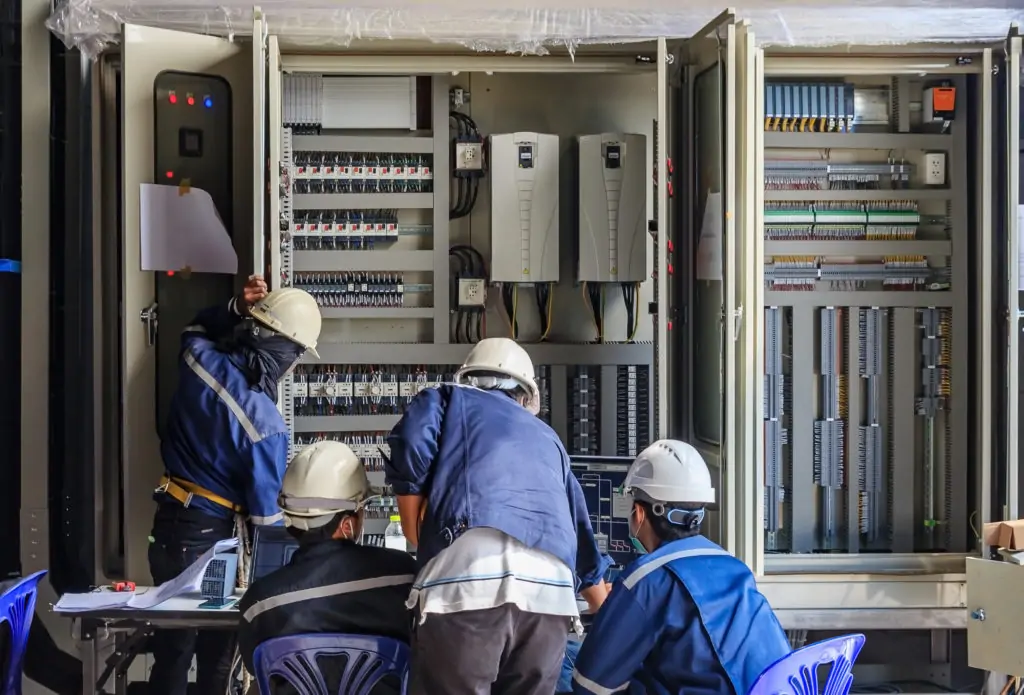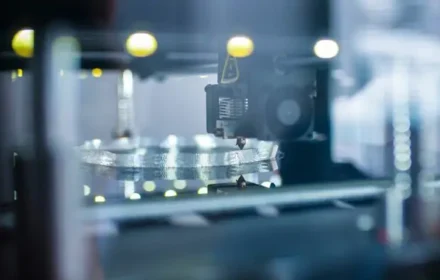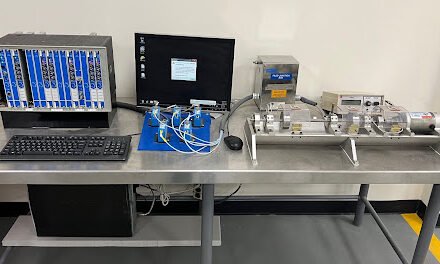Industrial automation relies on precise data from PLC systems. When signal integrity fails, downtime costs soar. Let’s explore common pitfalls and actionable fixes for 3300 XL extension cables.
1. Environmental Noise Interference
PLC signals face electromagnetic interference (EMI) from motors, drives, or high-voltage equipment. Cheap cables lack shielding, letting noise distort critical vibration or temperature data. Use double-shielded 3300 XL cables with twisted pairs to block EMI at the source.
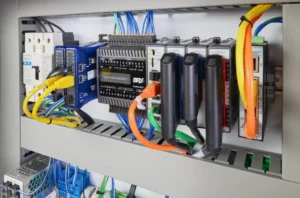
2. Cable Length & Impedance Mismatch
Longer cables increase resistance and signal loss. For runs over 50 meters, avoid thin gauges. The 3300 XL’s low-impedance design ensures stable signal transfer, even in 100m+ setups. Always match cable specs to sensor output requirements.
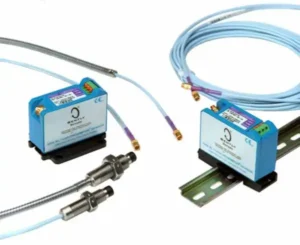
3. Poor Connector Quality
Loose or corroded connectors create intermittent faults. I’ve seen plants waste hours troubleshooting “random” sensor errors. Opt for IP67-rated connectors and inspect terminations quarterly.
4. Voltage Drops in Daisy-Chained Systems
Chaining multiple sensors? Voltage drops starve downstream devices. The 3300 XL’s thick copper core minimizes drop-offs. For critical systems, add a dedicated power line.

5. Vibration-Induced Wear
Cables in high-vibration zones fray internally over time. Reinforced jackets on 3300 XL cables resist abrasion. Mount them away from rotating parts using flexible conduits.
Final Recommendations
Signal integrity isn’t just hardware—it’s proactive design. Pair 3300 XL cables with regular EMI audits and connector checks. In my experience, plants using these steps cut downtime by 40% in 6 months. Invest in quality upfront, and keep systems running smoothly.

